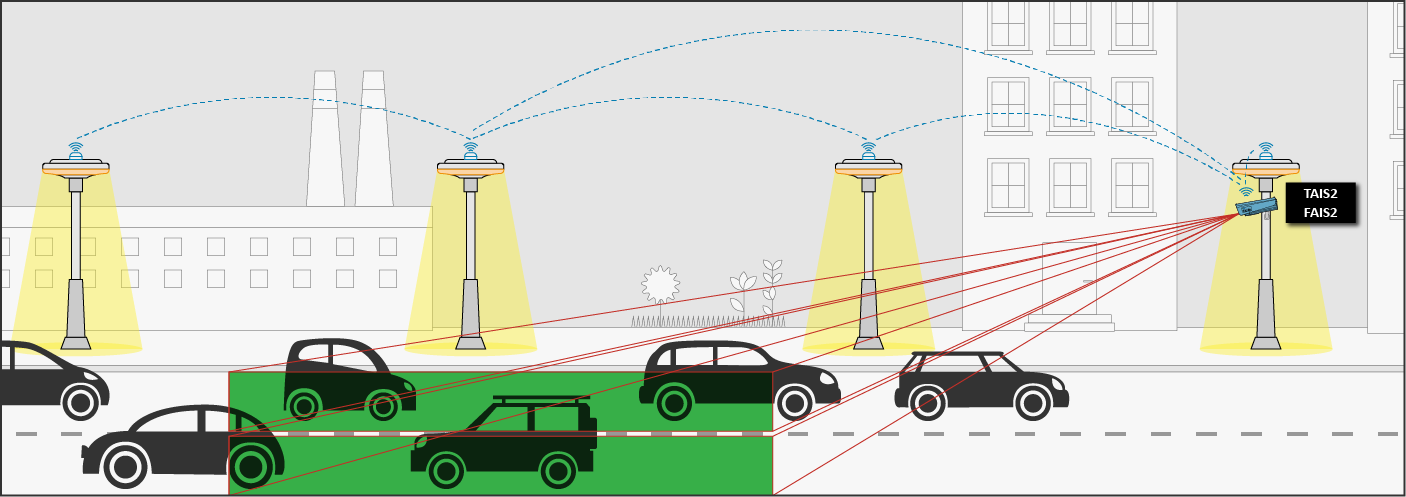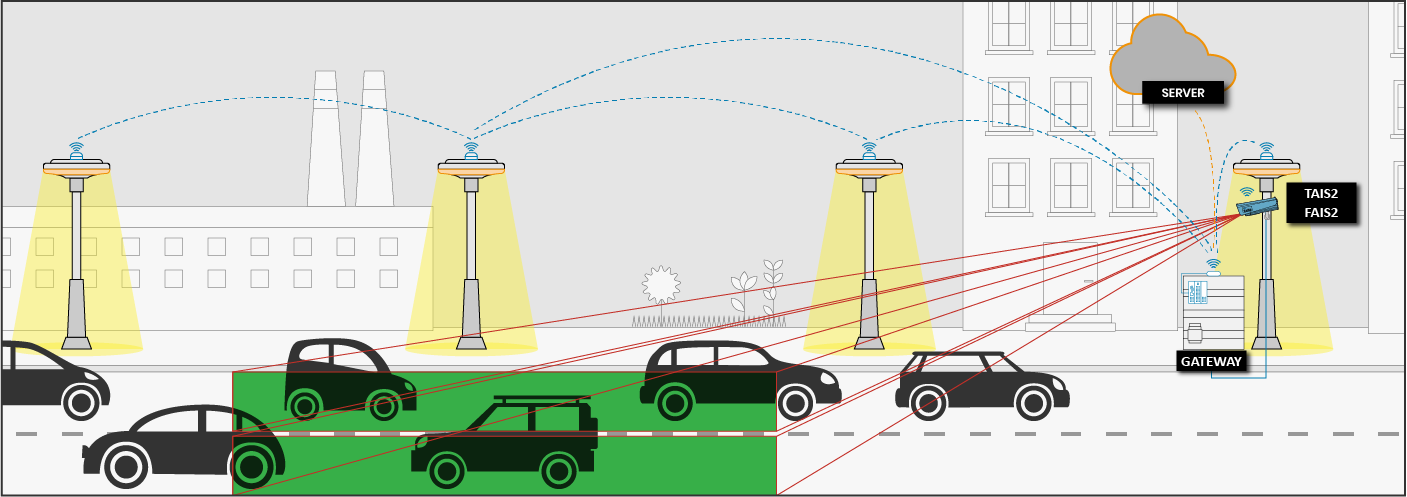Bringing together public safety needs and the need for energy savings, in economic and environmental terms, is one of the great challenges that public administrations are called upon to face when it comes to street lighting.
Although the diffusion of LED systems is bringing numerous advantages in terms of energy consumption, in fact, managers often choose to contain them further by decreasing the power levels – and, consequently, of lighting – in empirically established time slots.
The most advanced remotely controlled public lighting systems offer a highly efficient smart alternative, adaptive lighting, which make possible to adjust street lighting based on real traffic, luminance and weather conditions.
How does it work?
Information gathering is the first step of this application. The data, also available in real time, is collected and recorded by suitably installed cameras and sensors.
The choice of lighting levels is regulated (in Italy reference is made to the standards established by UNI 11248).
Operating mode
L’illuminazione adattiva di Algorab
Algorab has developed the TAIS2 and FAIS2 probes for the adaptive lighting systems.
The probes are equipped with sophisticated artificial vision algorithms for evaluating traffic, ground luminance (according to the EN 13201-3 standard) and meteorological conditions.
They can count on a high-definition digital color vision sensor with digital photopic filter which makes highly detailed images available in real time, allowing the processing algorithm to produce extremely precise results. The image processing software is supported by high computing power provided by an embedded computer with a high performance quad core CPU.
The TAIS2 and FAIS2 devices can be installed both in stand-alone mode thanks to the direct connection capability with the remote control nodes present on each light point, and in a WSN system in which they communicate with the gateway.


PIR motion sensor
In some cases, the lighting levels can be adapted by detecting the presence of people thanks to their movement. In these environments – such as cycle paths, parking lots, parks or pedestrian paths – Algorab can create an adaptive lighting system with the use of an infrared motion detector, the PIR.
This sensor can be installed on each light point to regulate its intensity, or it can be strategically placed to detect movement and communicate with the lamps’ remote control nodes.
Motion detection allows effective management of the lighting fixtures, setting full brightness only when the actual presence of people is detected, for the benefit of energy saving and as a guarantee of safety.
CONTACT US



